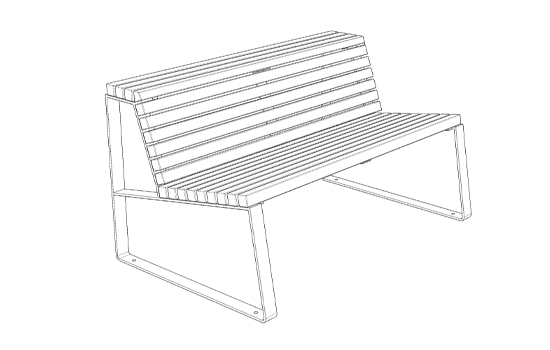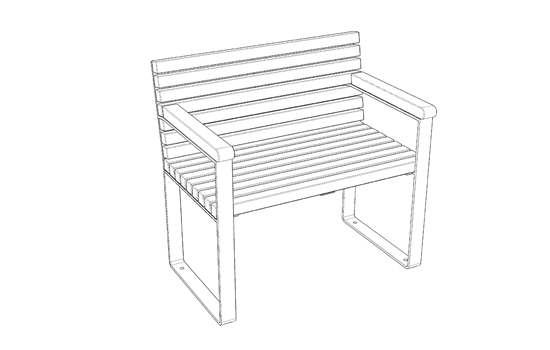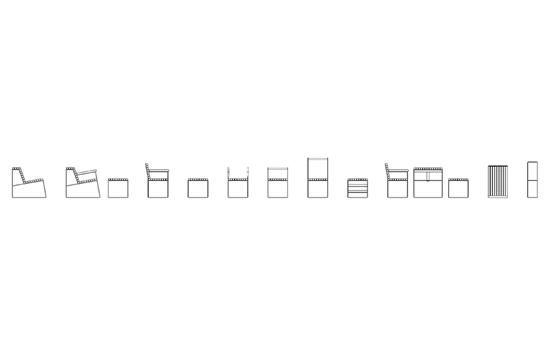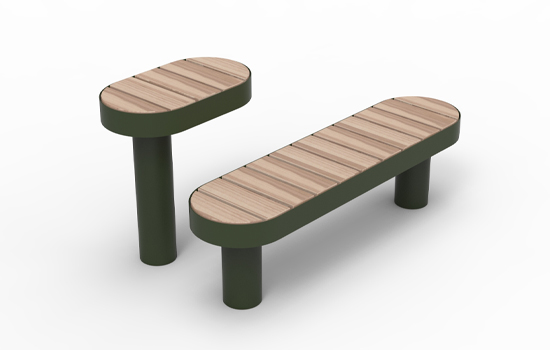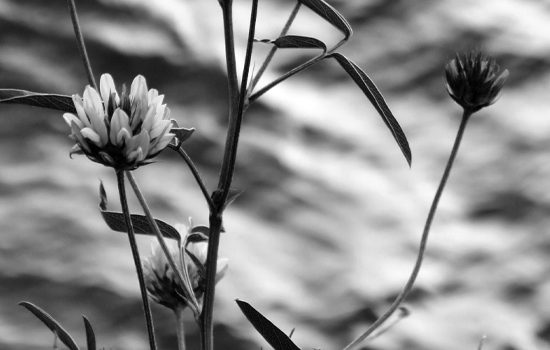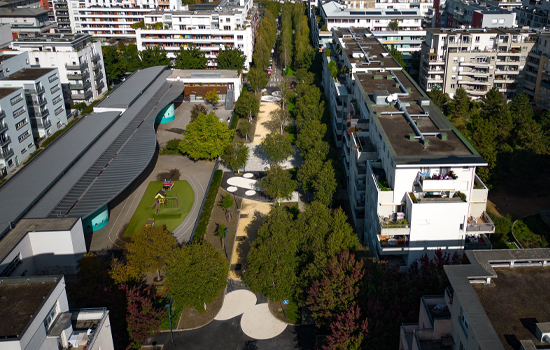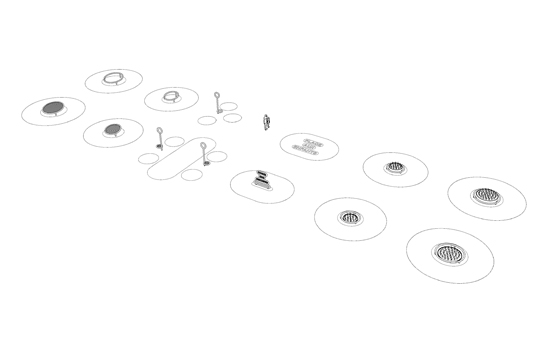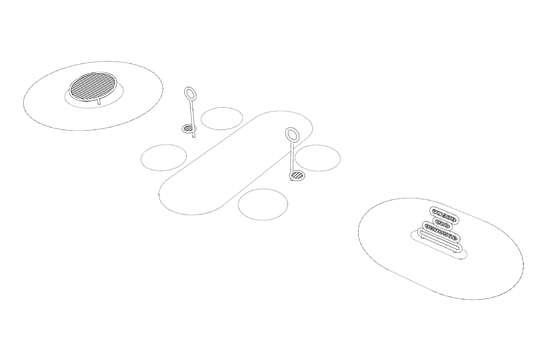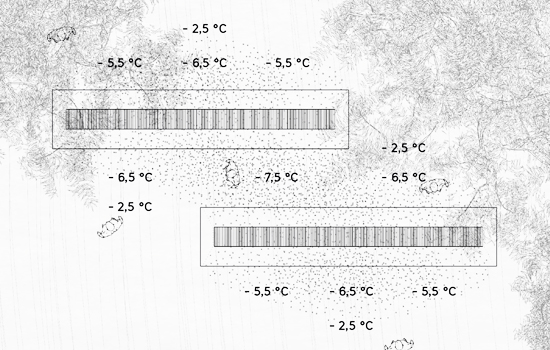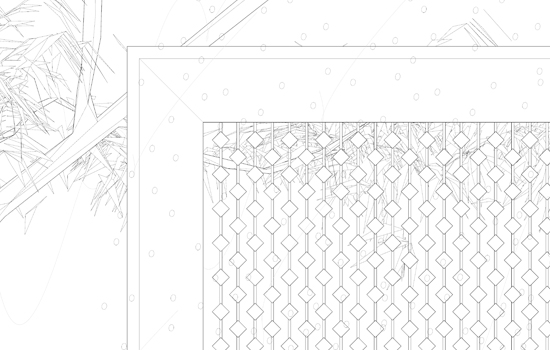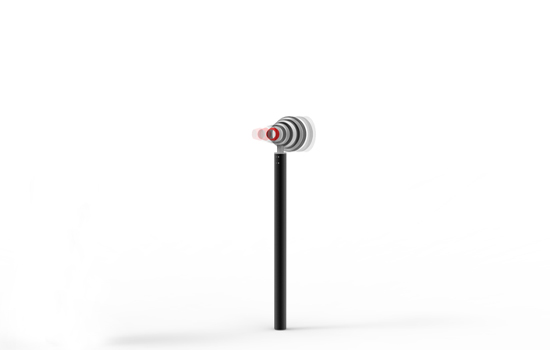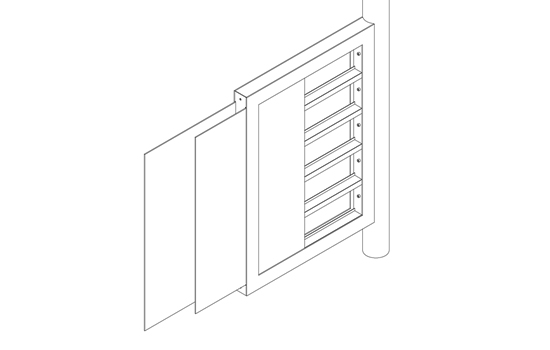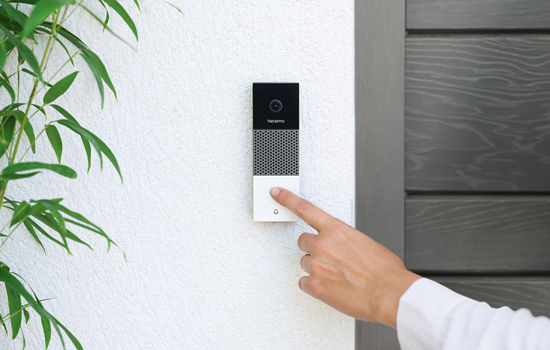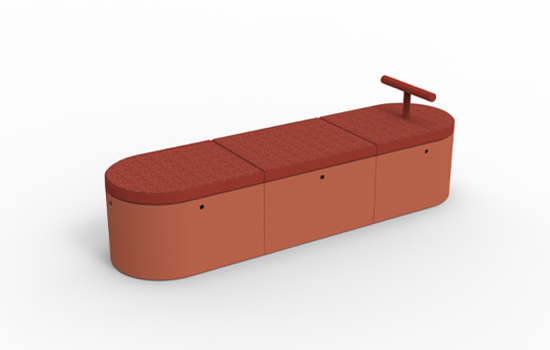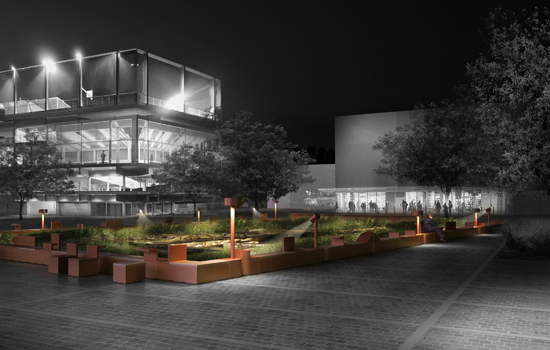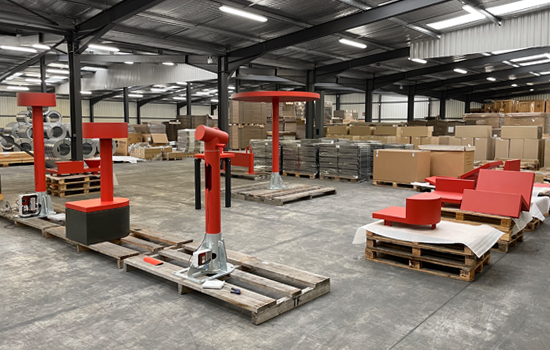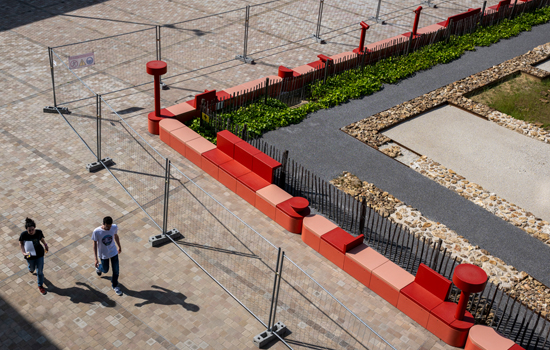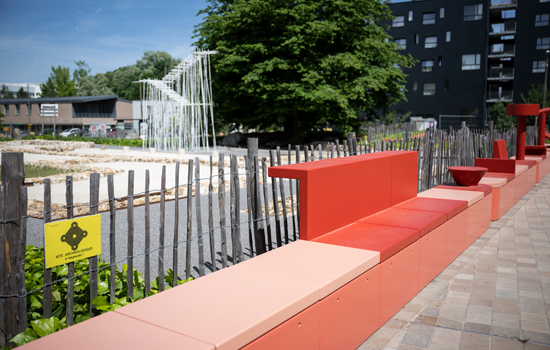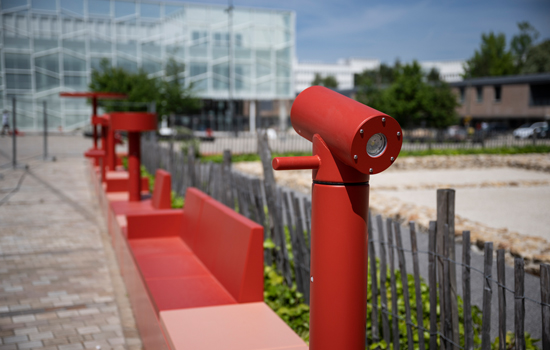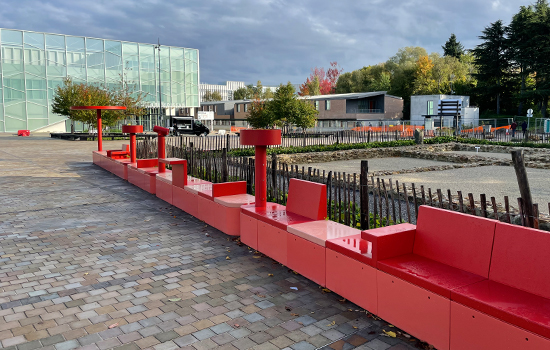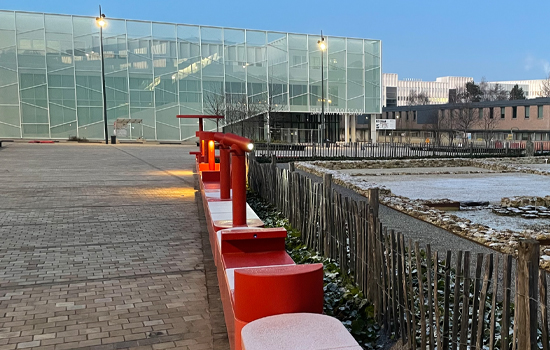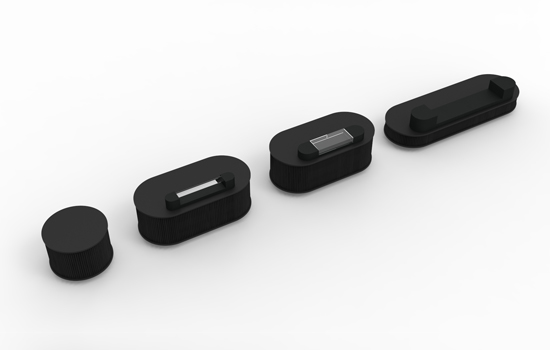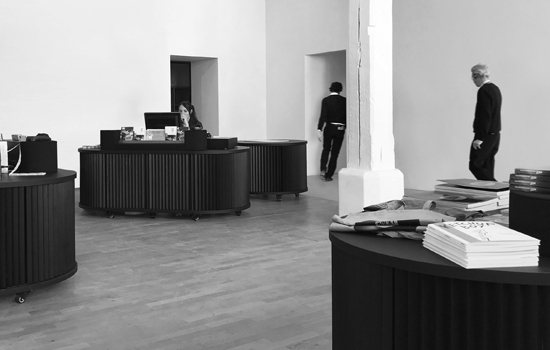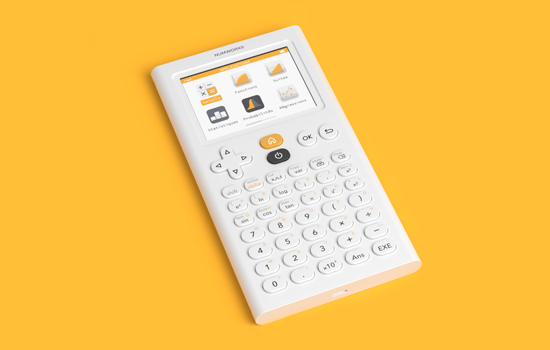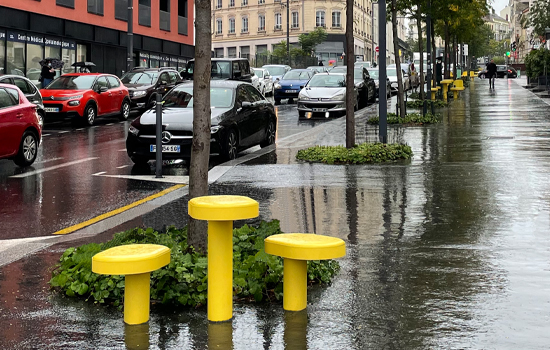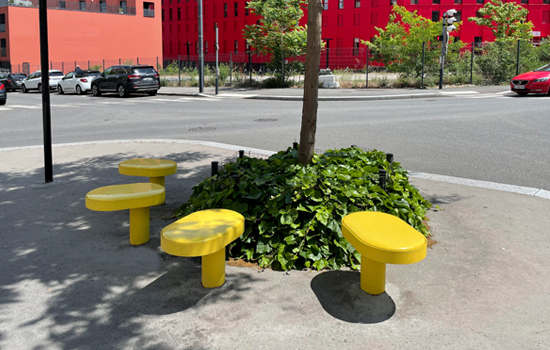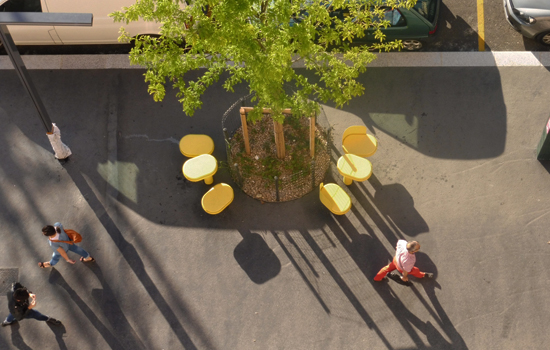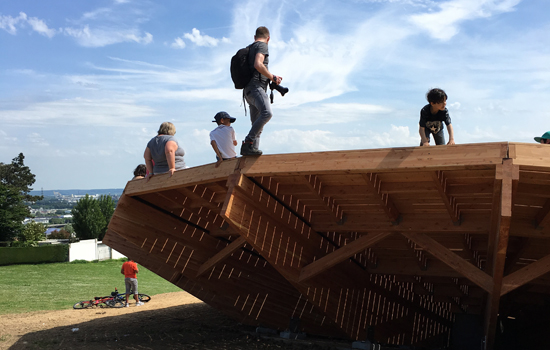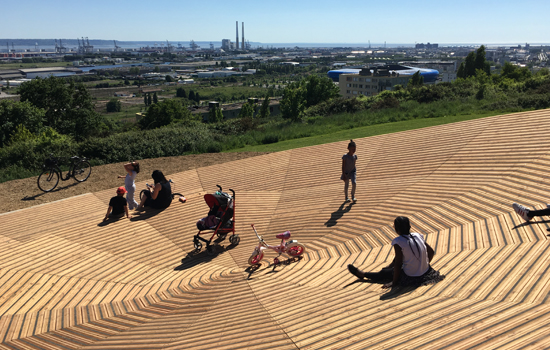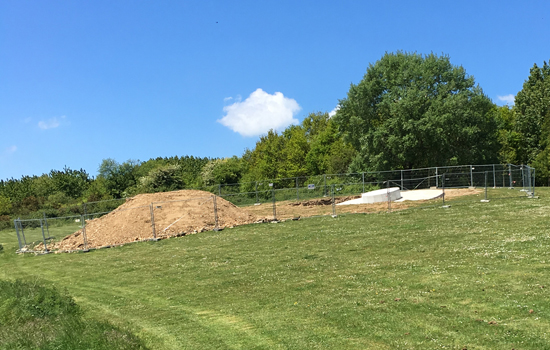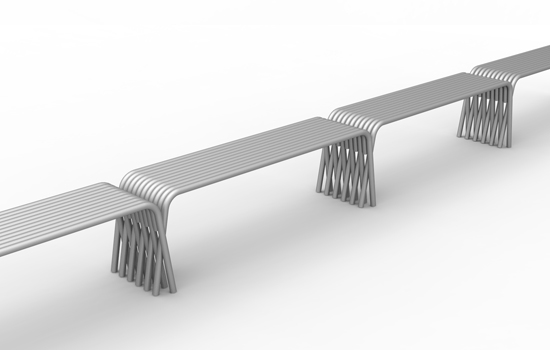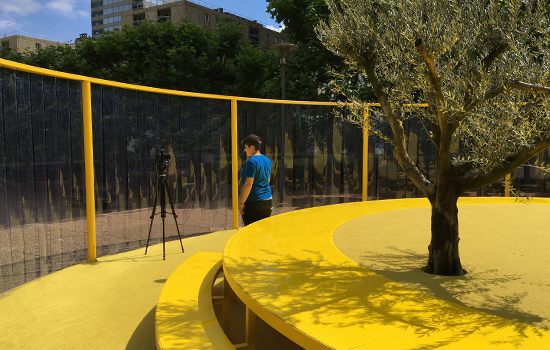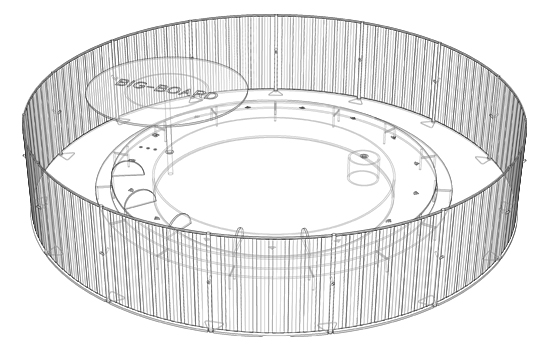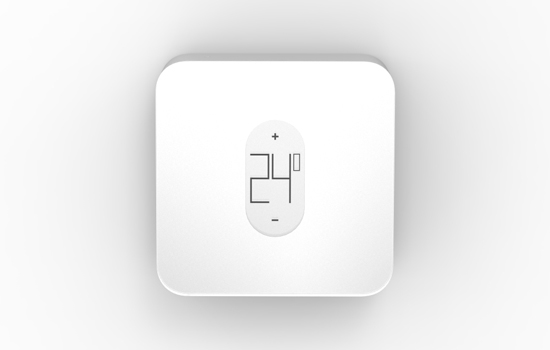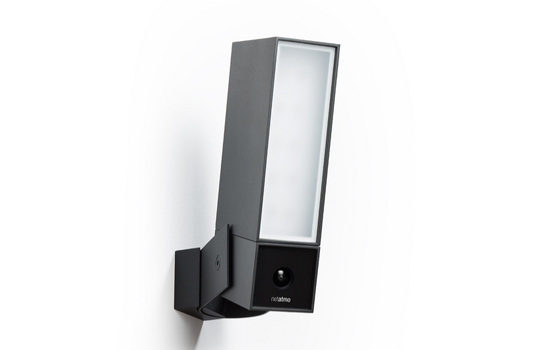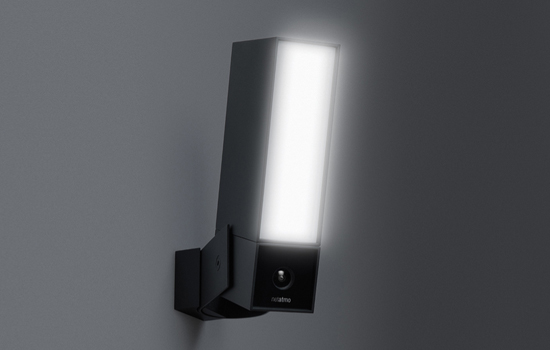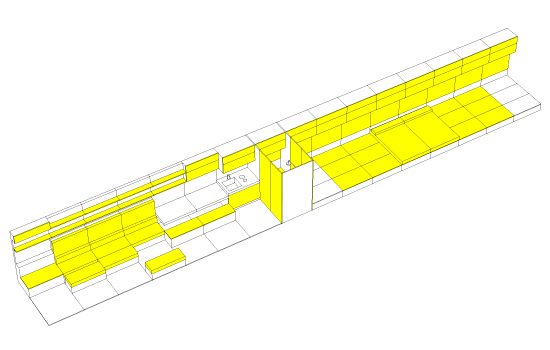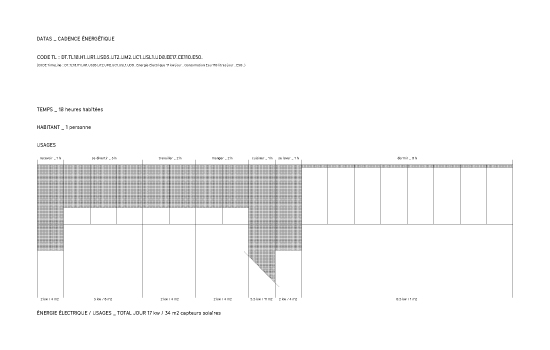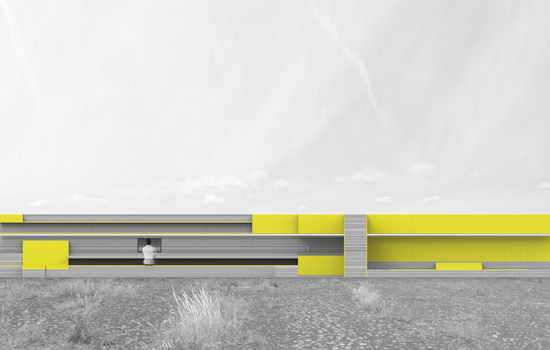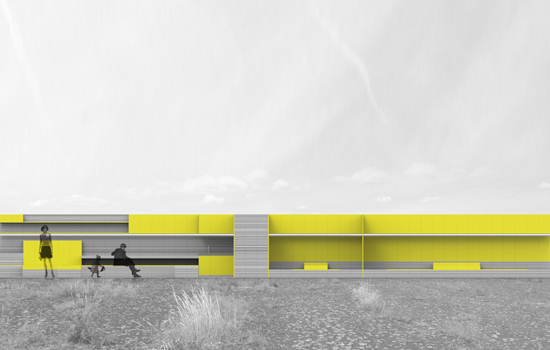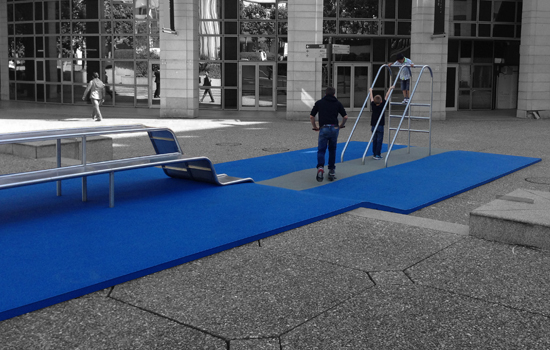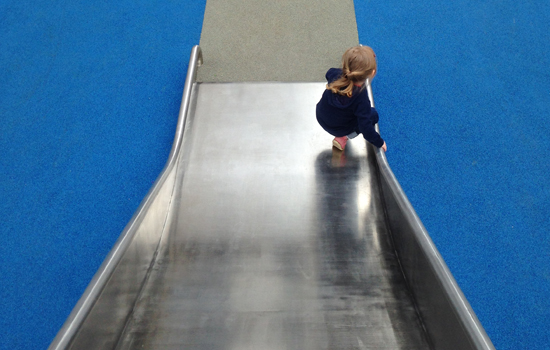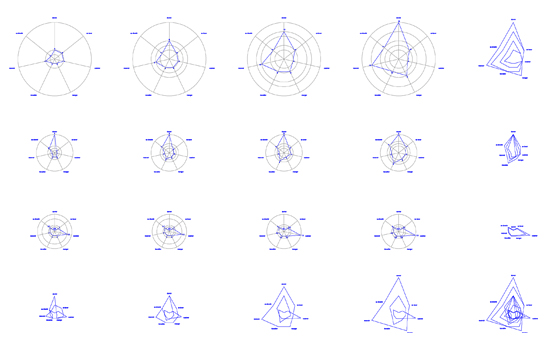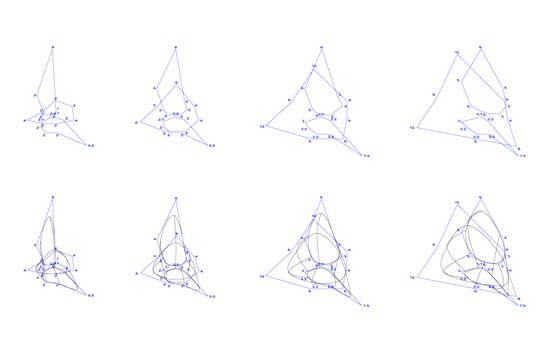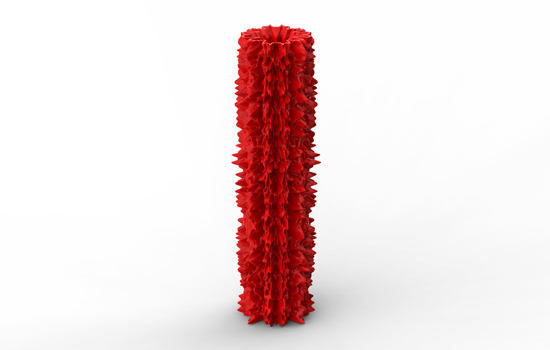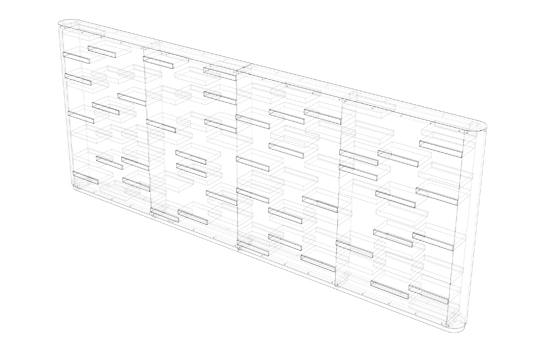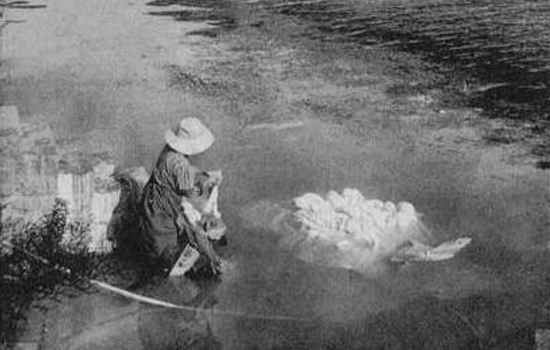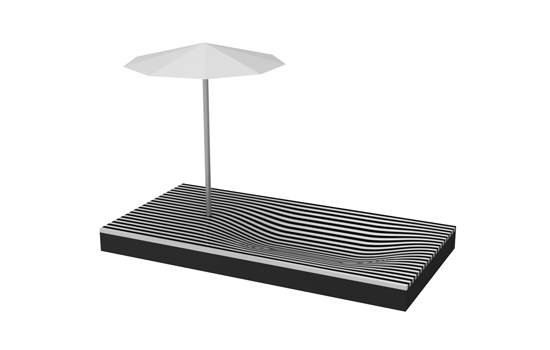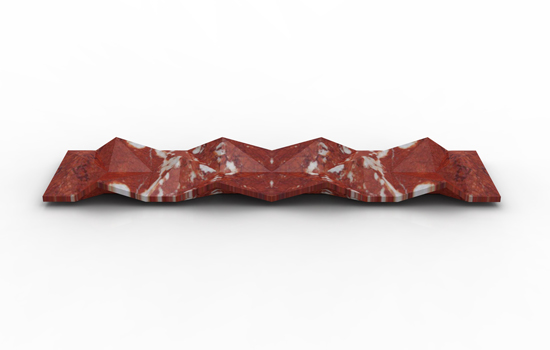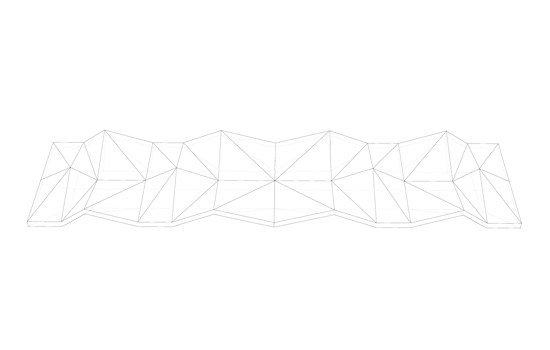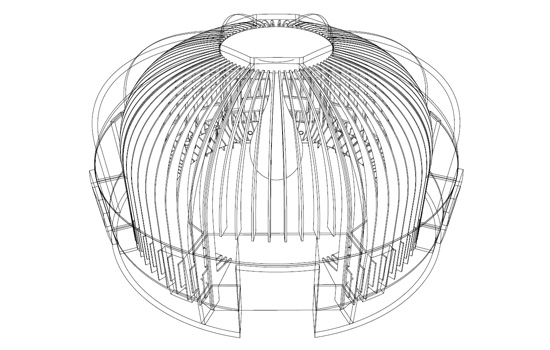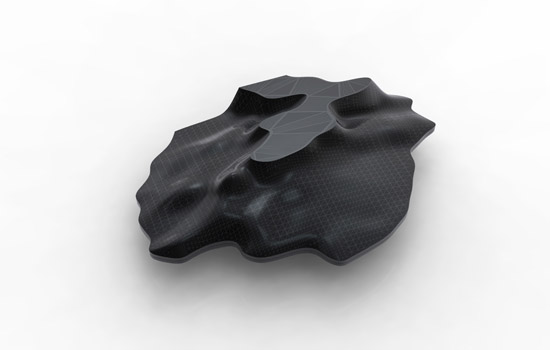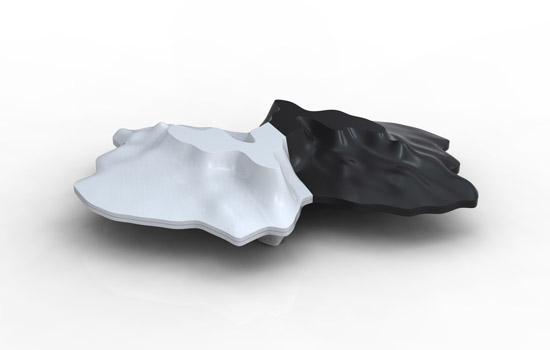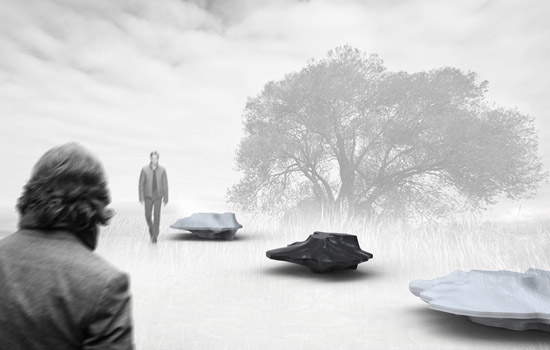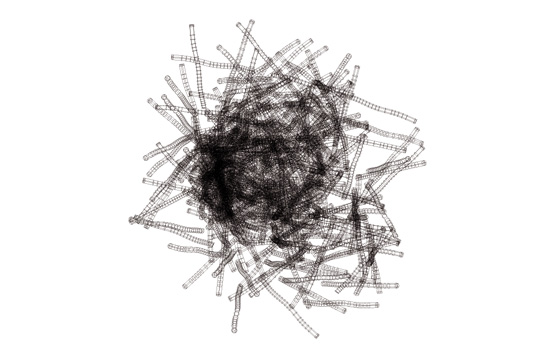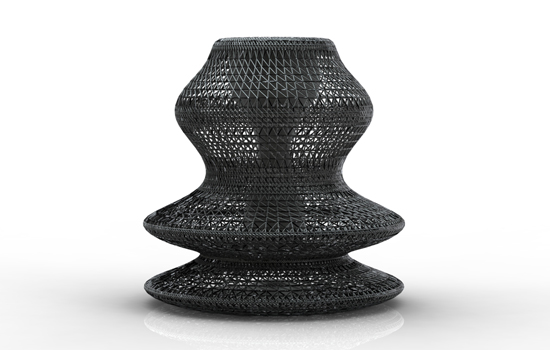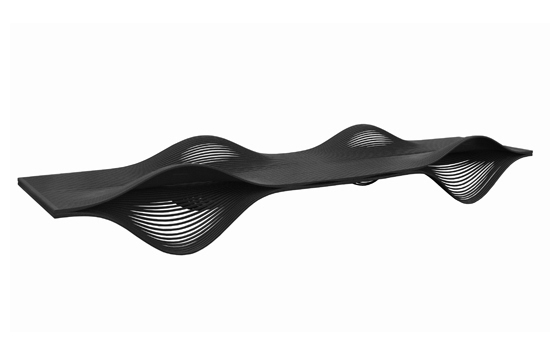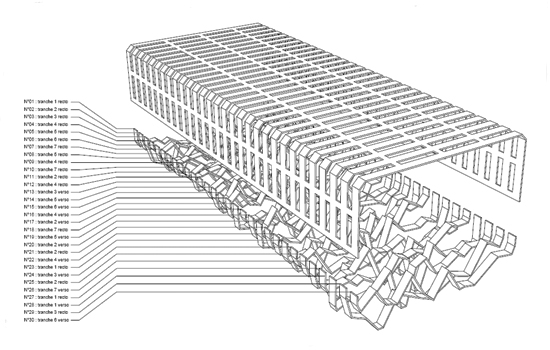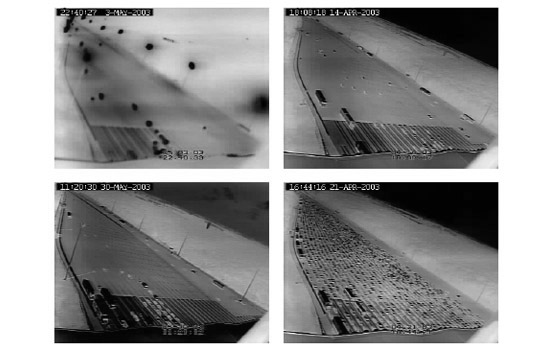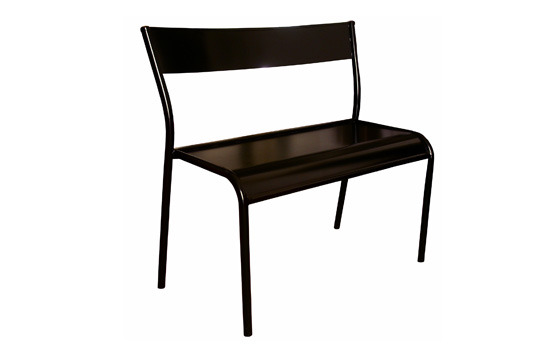–
Big Board project, public hyper-connected co-working hub.
Forme Publique 2016.
La Défense Biennial for the Creation of Urban Furniture.
www.ladefense.fr
Sponsor : Defacto.
Artistic direction : Nez Haut.
Executive production : Le Troisième Pôle.
Execution : Maël Teillant and Ecogom.
Esplanade du Général De Gaulle.
From 30th June 2016 to 30th July 2017.
–
This huge open-air platform provides a new means to undertake and pursue things together. This facility can be used individually, in a small group or for a meeting. It is protected by a transparent, penetrable and climatic partition, filtering conversations, noise, wind, dust and light, to form an adaptable co-working structure.
–
Forme Publique
At the crossroads of the multiple concerns surrounding the uses of a desirable city, design enables the issues and expectations of urban residents to be emphasised through practical proposals, related to the architecture, urban development, landscape, everyday practices, urban policy, innovation and economy.
Against the urban context of La Défense, a reflection of the uses, adapted to human-scale, enables us to envisage the proposed objects that reconfigure the immediate and easily manipulated surroundings of the users.
In the face of a large-scale architectural space, the scale of the object brings us back to that of the body.
–
Working off-site.
One can say, generally speaking, that any work originally located in a defined venue, has evolved and is still evolving into a multi-local activity: a fixed workspace; working in an office; working in meeting hubs; working in transport; working on the terrace of a café; working at home; teleworking; working in shared spaces; and, lastly working in public space, the most exposed to conflict, movement and the weather.
How do you then design a workspace exposed to the four winds? A public hyper-connected co-working hub?
A resistant structure providing functions and services?
A centre that is open, accessible and protective?
Definitely a platform transversal to:
– companies and public space,
– work and relaxation,
– concentration and distraction,
– individuals and the community,
– user flow and privacy,
– the panorama (porosity) and climatic forces (protection),
– …
–
A public object dedicated to work.
Avoiding a presentation on the scale of the architecture, (small houses forming a village, for example), a design on the scale of furniture enables us to reason about an object that is, firstly: support for the body and its practices, and, secondly, a springboard for movement and deployment in the space.
It consists of proposing “open” furniture that can clearly respond to the ergonomic possibilities of working off-site, with the help of a series of focused tasks, providing the user with the possibility to shift towards related and temporary uses.
–
The project: “Big Board / public hyper-connected co-working hub.”
A round table sufficiently large to form an agora is the possible motif for “meetings” in public space. It combines the motif of company Boards or Big Boards and decision-making centres.
The intention to go onto the esplanade, this symbolic object (or furniture) exerting imagined and real power, allows the shared motif of the public agora to be blended with the company’s hierarchical motif, and therefore to intersect and generate possible uses between a formal and informal meeting, briefing and debate, event and meeting, conference and conversation…
–
“Big Board”, a global face of decision-making centres, changes into a public Board, becoming a device and support for redistributed managerial capacities. The body becomes visible and the hierarchical status invisible. Attractive and ambivalent, between the dream of power and control on one hand, and the willingness to share and pooling ideas on the other, this facility is here to free the desire to distinguish oneself through work and ideas. Usually located in the centre of a floor in a huge glass tower, briefing rooms are often and paradoxically opaque, sealed and lit with artificial light. This time, the “meeting” is accessible and visible. This reconfiguration provides an open and relaxed context to also stimulate new exchanges more easily.
This large open-air meeting table provides a new means to undertake and pursue things together. This facility can be appropriated individually, in a small group or a meeting. You sit down around a huge platform-table, seat and stage, protected by a transparent, penetrable and climatic partition, filtering conversations, noise, wind, dust and light to form a centre adaptable to working off-site.
–
Wi-Fi connection
Electric sockets.
Peripheral LED band.
Modular steel structure.
HPL panels.
EPDM rubber floor.
Modules produced in the studio and on-site assembly.
Unit installed, auto-stable.
Can be dismantled, recycling through materials.
–
13 x 2.5 m.
–















